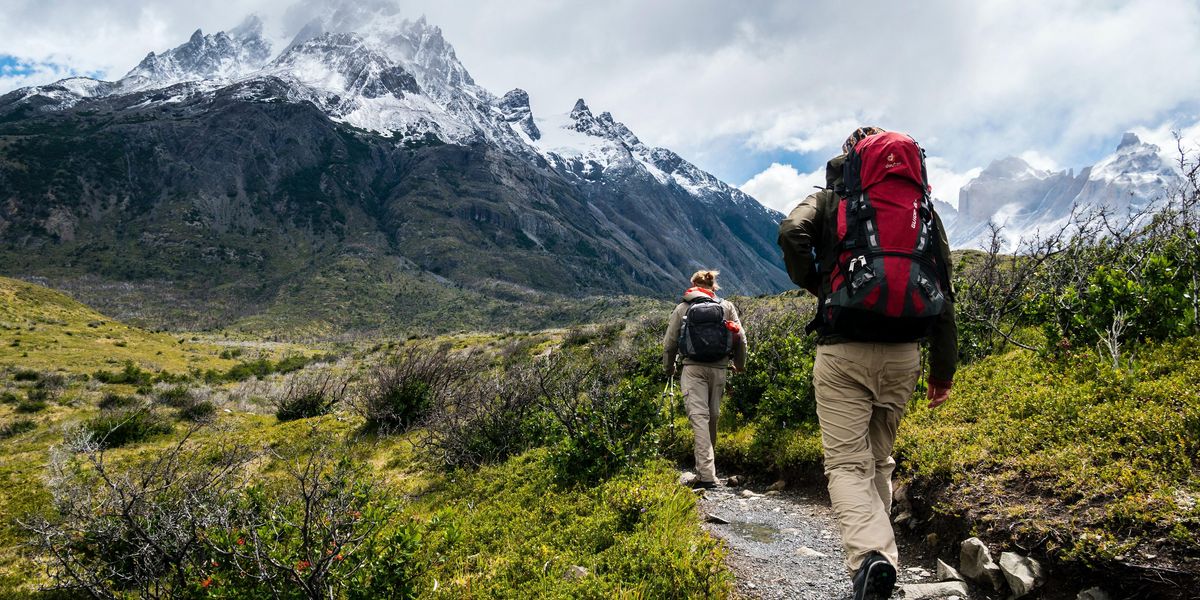The cleverly named K2 is the second highest mountain in the world, behind only Mt Everest. But just because it's a little bit shorter (28,251 feet vs. 29,032) doesn't mean it's easier. In fact, it's considered to be much harder than Everest to climb. Because of the sheer difficulty of this mountain, there have been numerous tragedies over the years, none worse than the disaster of 2008.
The History of K2
K2 is part of the Karakoram range in Pakistan, and is so remote that the locals didn't have a name for it (possibly because it had virtually never been seen). Hence the name K2. The surveyors of the region in the 1900s named it and another mountain K1 and K2 (for Karakoram). The name stuck ever since.
K2 was first climbed successfully in 1954 and to date has seen only 377 successful climbs, and a total death tally of 91 (nearly 1 in 4 climbers that attempt K2 die). If that doesn't scare you off this mountain, nothing will!
The last interesting thing to note, from a climbing perspective, is that the mountain has never been climbed by its eastern face. It's just considered an impossible feat.
The 2008 Disaster
As noted, K2 is no stranger to disasters, so by focusing on the 2008 disaster we do not want to diminish what happened in 1986 or 1995, we're just focusing here on what we know about the events of 2008. You can find detailed descriptions of the events of 1986 and what happened in 1995 elsewhere.
It can never be completely clear what happened on K2 on August 1, 2008, but it cannot be denied that 11 mountaineers lost their lives, and 3 others were severely injured. It's most likely that a combination of severe weather, overcrowding, and just bad luck converged upon the various climbing teams.
An ice avalanche in the part of the mountain known as the Bottleneck damaged many teams ropes and climbing gears, and this is considered to have been a direct cause of the disaster. This section of the climb is within the so-called 'Death Zone' altitude, further exacerbating the situation. Not only had the ropes been severed, leaving the climbers with only the option to free solo down the route, they also had no backup lines, as the fixed lines were considered stable.
As rescue efforts began in earnest, there were still more seracs that tumbled, and several triggered severe avalanches. The stories that have emerged have been of great heroism and risk, that unfortunately were not able to save the bulk of the climbers.
In Memoriam
Dren Mandić
Jehan Baig
Rolf Bae
Hugues D'Aubarède
Karim Meherban
Gerard McDonnell
Kyeong-Hyo Park
Hyo-Gyeong Kim
Dong-Jin Hwang
Jumik Bhote
Pasang Bhote
Closing Thoughts
Mountaineers are a unique class of people. I myself have spent many years enjoying the mountains, climbing, having adventures, and occasionally risking too much. But I could never dream of climbing something like K2. The risk is much greater than the reward for me.
However, though many extreme mountaineers do indeed meet their demise doing what they love, I believe that they are some of the most courageous people ever. They have their dreams, their passions, and their goals, and they will use every ounce of their beings to accomplish them. They know the extreme risks, and they persevere anyway.
My hat comes off to the brave men and women who pursue their goals to the greatest extreme.
My Take
However, though many extreme mountaineers do indeed meet their demise doing what they love, I believe that they are some of the most courageous people ever. They have their dreams, their passions, and their goals, and they will use every ounce of their beings to accomplish them. They know the extreme risks, and they persevere anyway.

 Rebel DeveloperScarpa Boots
Rebel DeveloperScarpa Boots



 woman walking on road during daytimePhoto by
woman walking on road during daytimePhoto by  grayscale shot of person's eyesPhoto by
grayscale shot of person's eyesPhoto by 

 StableDiffusion
StableDiffusion StableDiffusion
StableDiffusion StableDiffusion
StableDiffusion StableDiffusion
StableDiffusion





 green grass and brown rocky mountain during daytimePhoto by
green grass and brown rocky mountain during daytimePhoto by  brown wooden cross on white surfacePhoto by
brown wooden cross on white surfacePhoto by  Photo by
Photo by  This is the sign you've been looking for neon signagePhoto by
This is the sign you've been looking for neon signagePhoto by 


 man doing rock climbing at daytimePhoto by
man doing rock climbing at daytimePhoto by 
 selective focus photography of mountain during daytimePhoto by
selective focus photography of mountain during daytimePhoto by  snow covered mountain under blue sky during daytimePhoto by
snow covered mountain under blue sky during daytimePhoto by  green trees near lake under blue sky during daytimePhoto by
green trees near lake under blue sky during daytimePhoto by 

